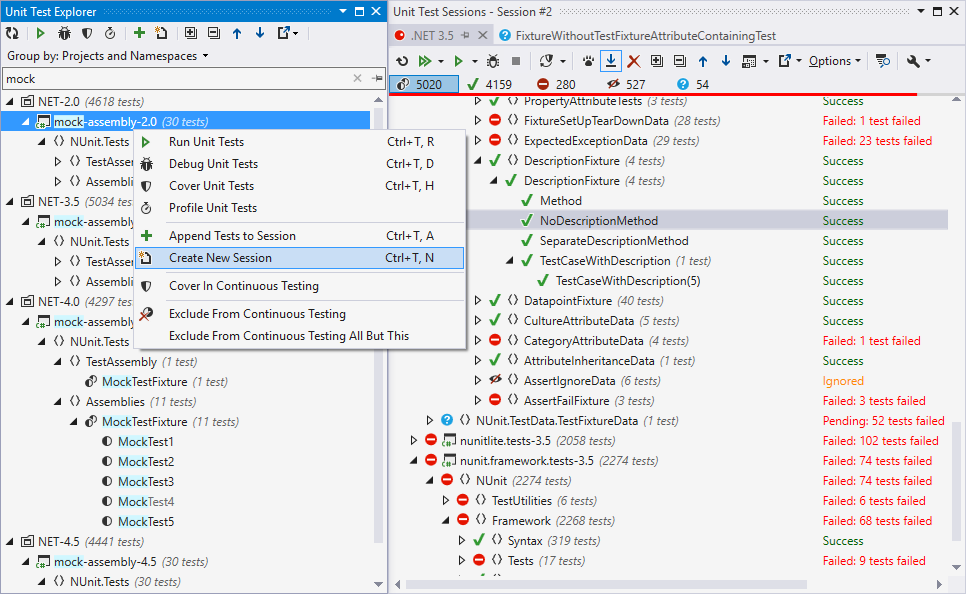

However, we’ll go a step further and generate a full report that can be viewed and browsed with source code linking. This alone can be used to publish code coverage data to VSTS build results. The format is the one used by Cobertura, a code coverage utility for Java, and it can be generated by invoking dotnet test with these parameters: dotnet test /p:CollectCoverage=true /p:CoverletOutputFormat=cobertura This can be very convenient in local development, but for CI in VSTS we’ll need to use a different file format that can be understood by our report generation tool. The file can be parsed by Coverage Gutters extension and show which lines are covered by your tests. If you want to experiment with Visual Studio Code extension Coverage Gutters, as suggested by Hanselman, you can use a task such as this in your. This, by default, generates a code coverage file in JSON format. You can find out how the magic is done by reading its Github home page, but basically you can generate a code coverage file in several common formats by invoking dotnet test with the CollectCoverage parameter. To include Coverlet build targets in your project you must add the following line to your test project’s csproj file: NET Core, with support for line, branch and method coverage”. The project states that it is literally a “cross-platform code coverage library for. Coverlet is a package that can be included into your projects and generates code coverage info during build. The first thing I did was to partially implement the changes suggested by Scott Hanselman to include code coverage in my project. That was bad indeed, but I am lazy and I have postponed the task of improving this until today.

And there was no code coverage data at all. I have been using them for a long time, but the problem I found when changing from MsTest to xUnit was that the information shown in Visual Studio Team Services’ build results was very poor, to be polite. I forgot about attributes and started to write s and es. Then at some point I heard about xUnit and nothing was the same again. So, I adopted Microsoft’s MsTest and started to write lots of es and s. However, thanks to good folks such as Luis Fraile and Unai Zorrilla Castro I soon realized that they were so important that I could not live without them.

NET development I didn't do Unit Testing at all, I admit it.


 0 kommentar(er)
0 kommentar(er)
